Chassis Photos – Outside
The size difference between the 6500X and the 2500D we previously reviewed is quite substantial. One of the biggest selling points of the 6500X is the support for up to three 360mm radiators.
The tempered glass panel sits on two hinges, and it is secured with a screw on top of the top hinge. Another security feature is the two plastic clips that hold it in place on the other end, making it pretty hard to open on accident. Corsair has also managed to get rid of any ugly handles, and instead, you can open the glass by pulling it out from its bottom part, for example, by placing your hand inside the front foot opening.
You will find a full mesh panel on the chassis’s other side. It is secured using two thumb screws, and it is great for airflow, although you might find it a bit harder to clean due to its size.
At the top, you will find a smaller, easily removable mesh filter. The top part also houses the chassis’s I/O, which consists of an impressive number of USB type A ports (four, to be exact), a very fast USB 3.2 Gen 2 Type-C, a combo headphone jack, and reset and power buttons.
At the rear of the chassis, besides the typical motherboard I/O opening, you will find eight PCIe slots and a fan opening with some room to move up or down. In addition, you might have already noticed the mounting holes for a pump or a reservoir, but we did not find anything relevant in the online manual.
In addition to the above, the rear also houses the PSU, the HDD mounting bracket, and an iCue Link hub opening to connect to external iCue-supported accessories.
As soon as you check the bottom of the chassis, you realize that there is also a drain for water cooling and a removable mesh filter that thankfully slides out from the front. This is a nice touch.
Chassis Photos – Inside
Removing the tempered glass from the side and the front gives you plenty of access to the interior. Removing the latter requires the removal of two small countersank screws—other than that. The process is swift and easy.
Inside, the design is quite familiar. On a negative note, no fan hubs or fans are included as standard. Corsair’s excuse is that the builder may source the accessories they desire, which may allow Corsair to keep the price of the chassis lower.
There is great motherboard size compatibility, as even Extended ATX boards may be used. An additional stand-off is included in the accessories box. Moreover, you can install up to three 360mm radiators! One on the top, one on the side, and one on the bottom. As you can see, there is plenty of room everywhere, so you won’t likely have any interference with other components.
On the side of the chassis, you will find the removable fan/radiator tray. After the removal of a single screw, you can remove it and install the components you want.
Below the motherboard, you will find cable pass-throughs for front I/O cables and fan or ARGB connectors.
The secondary chamber has been controversial. For the chassis to support BTF motherboards, you must remove one of the HDD drive trays to access the BTF EPS connector.
Removing the HDD cage allows you to install CPU cooler backplates easily. Large passthrough grommets allow you to route cables to the front of the chassis if you do not opt for a BTF board.
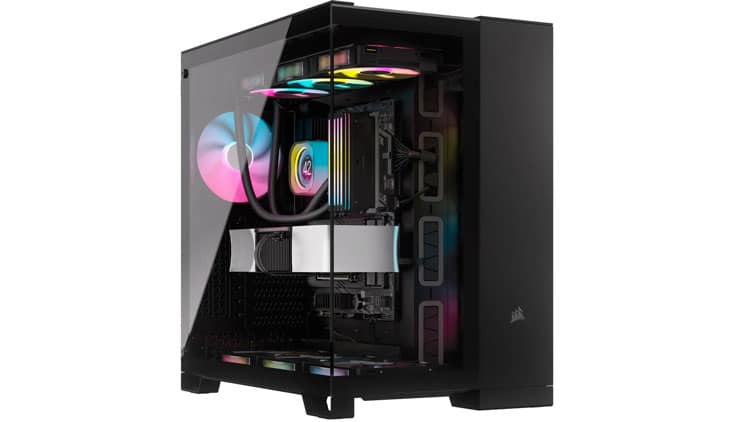
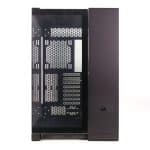
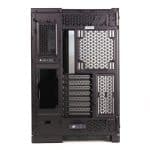
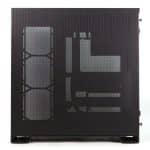
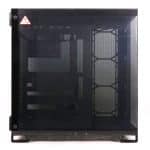
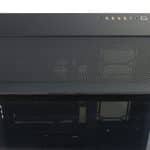
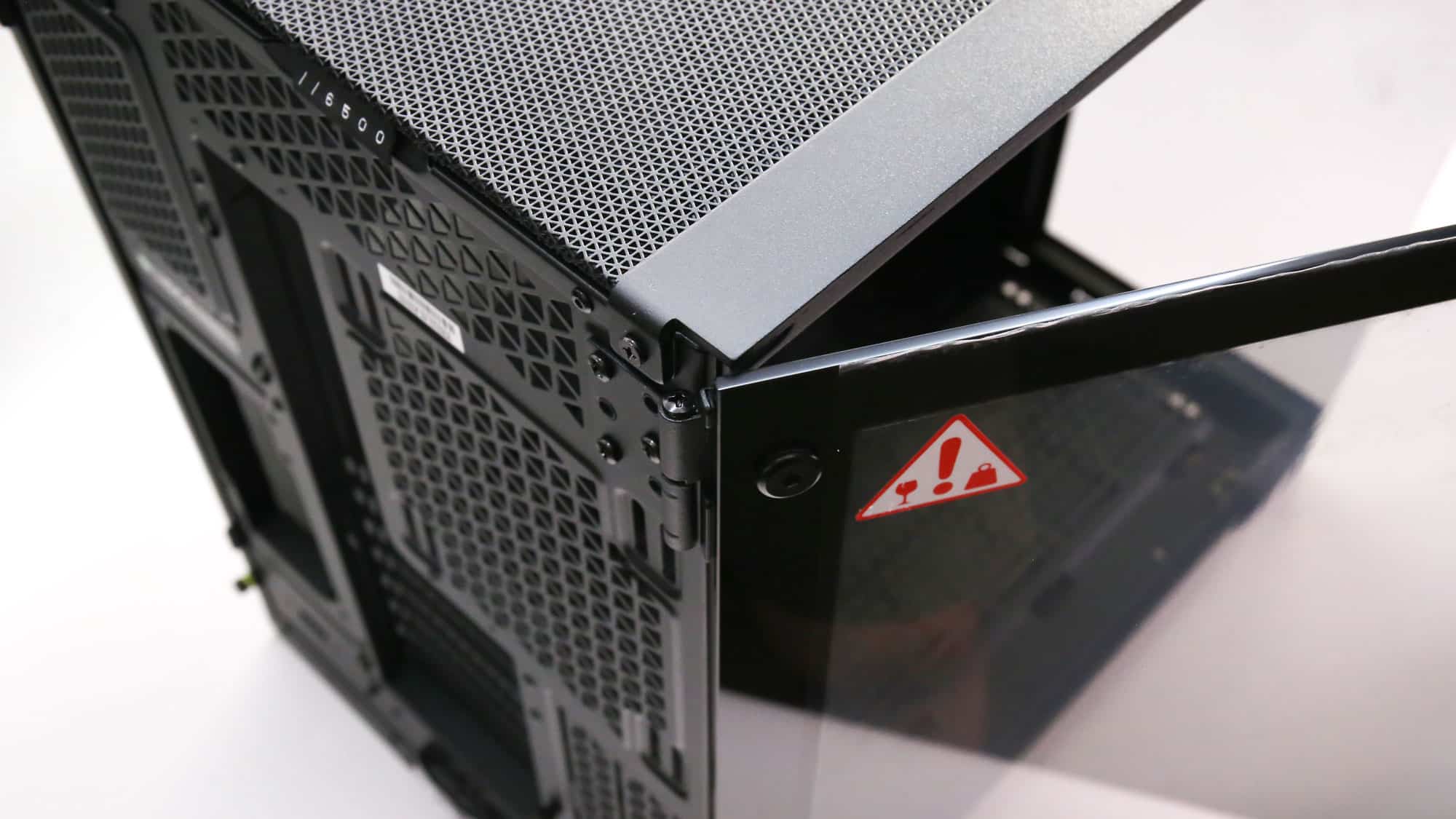

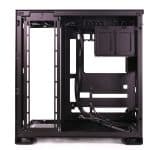




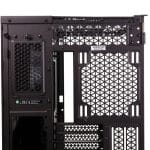
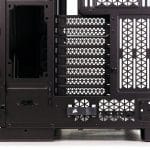
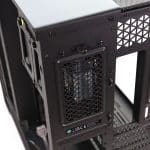
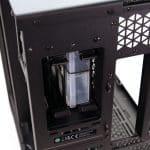
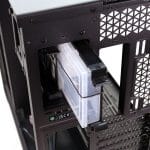
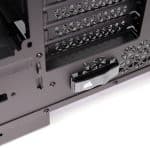
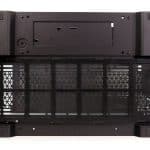
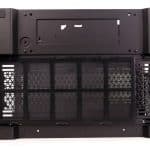
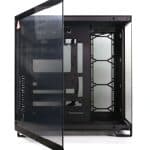

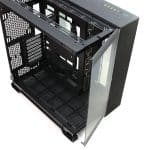
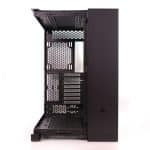
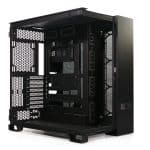


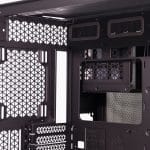
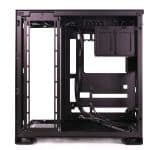
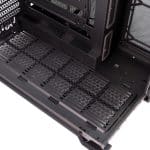
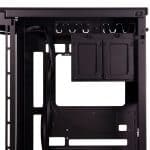
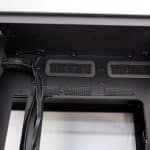
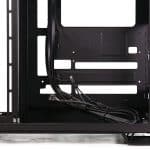
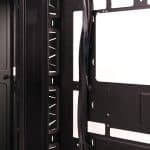


What about the top and side panels coming warped out of the box ? And the awful filter material inside the side panel which can easily come loose. The mediocre cable management (having to buy straps), no support holder for PSU, no removable top rad bracket and almost no offset so eps cables a challenge when mounting AIO. Also the incredible weight. Antec c8 and others are built better and better value.
We didn’t face any issues with the top and side panels; otherwise, we would have written about it. I will also pass your comment about the side panel material to the reviewer to comment if he wants.
No support holder for the PSU? I didn’t understand that.
When mounting a top AIO most cases have an issue with the EPS cables, some even without a top-mounted AIO.
We will do more case reviews in the near future and will have more comparison data.
Thank you for your comments!